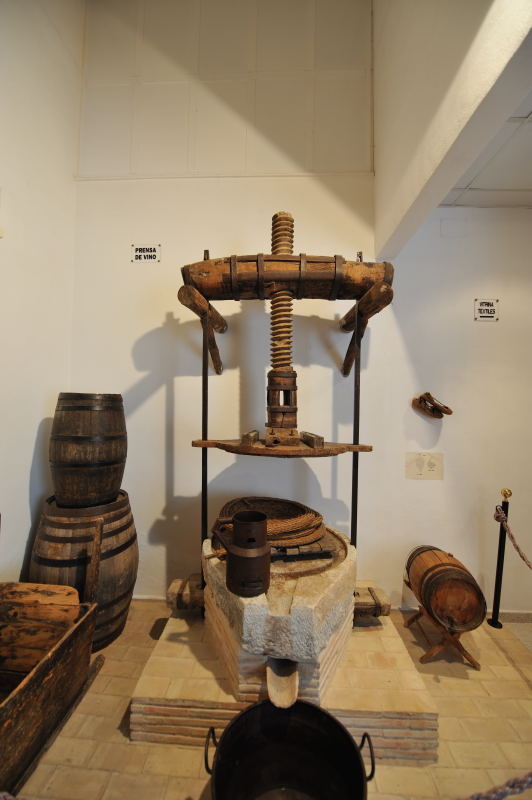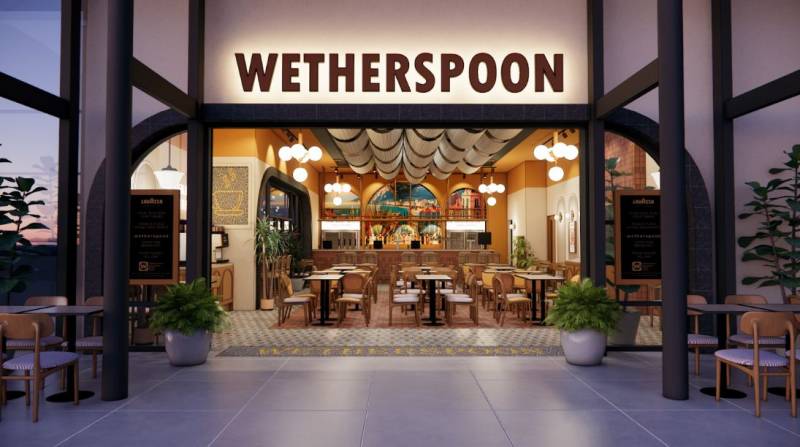

Guidelines for submitting articles to Mazarron Murcia
Hello, and thank you for choosing Mazarron Murcia to publicise your organisation’s info or event.
Mazarron Murcia is a website set up by Murcia Today specifically for residents of the urbanisation in Southwest Murcia, providing news and information on what’s happening in the local area, which is the largest English-speaking expat area in the Region of Murcia.
When submitting text to be included on Mazarron Murcia, please abide by the following guidelines so we can upload your article as swiftly as possible:
Send an email to editor@spaintodayonline.com or contact@murciatoday.com
Attach the information in a Word Document or Google Doc
Include all relevant points, including:
Who is the organisation running the event?
Where is it happening?
When?
How much does it cost?
Is it necessary to book beforehand, or can people just show up on the day?
…but try not to exceed 300 words
Also attach a photo to illustrate your article, no more than 100kb

Museo Arqueológico – Etnológico Gratiniano baches
Municipal archaeological and ethnological museum, Pilar de la Horadada
 The “Gratiniano Baches” Ethnological and Archaeological Museum in Calle Carretillas contains five sections, dealing with the environment, fossils, archaeology, ethnology and a coin collection, all relating to local life in the municipality and surrounding areas throughout their history.
The “Gratiniano Baches” Ethnological and Archaeological Museum in Calle Carretillas contains five sections, dealing with the environment, fossils, archaeology, ethnology and a coin collection, all relating to local life in the municipality and surrounding areas throughout their history.
There are a wide variety of exhibits displayed within a relatively small space, including prehistoric Iberian weapons, Roman artifacts, examples of the local flora and typical craftwork such as items woven from esparto grass.
Also on display is the office of Gratiniano Baches, the man who made the first archaeological studies in Pilar  de la Horadada in the early 20th century and was one of the most important figures in piecing together the history of the municipality. ( see History of Pilar de la Horadada)
de la Horadada in the early 20th century and was one of the most important figures in piecing together the history of the municipality. ( see History of Pilar de la Horadada)
The exhibits range from prehistory to modern history, and the museum is particularly proud of prehistoric bones found in what is now the río seco, or dry river leading out to the sea left behind by a prehistoric ancestor of the sea cow which would have grazed this area when it was completely submerged by the sea.
There are flints and tools showing a prehistoric occupation of the area, but the most important remains are those relating to the Roman occupation when “Thiar “occupied what is now Pilar de la Horadada, a Roman  trading post and possibly place of refreshment along the Via Augusta, the great Roman road which ran from Cádiz to the Pyrenees, where it linked into the road network across the Roman Empire and leading to Rome itself.
trading post and possibly place of refreshment along the Via Augusta, the great Roman road which ran from Cádiz to the Pyrenees, where it linked into the road network across the Roman Empire and leading to Rome itself.
The most interesting exhibit is a reconstructed life size cross section showing how the Romans would have built the Via Augusta, a colossal construction job bearing in mind that all the work was done pre-bulldozer, so every stage of this huge project was carried out by hand. In parts the road was 1.8 metres deep, with several layers, capped off with flat stones.
 A selection of coins, ceramics, tools and even Milarium, a distance marker which would have stood alongside the road, testify to the Roman past of Pilar de la Horadada.
A selection of coins, ceramics, tools and even Milarium, a distance marker which would have stood alongside the road, testify to the Roman past of Pilar de la Horadada.
The museum also has a good coin collection, with rare Iberian coins and others from around the world, and concludes with a display relating to the more modern heritage of the area, with particular emphasis on esparto grass weaving.
The production of esparto has for centuries been a very important element of local craftsmanship, esparto used as rope and a material for making a vast range of practical tools, baskets, shoes, harnesses and  even flooring. The prehistoric Iberians used this strong and flexible material and the Romans exported vast quantities of it from Spain, and it only fell out of favour when artificial cord replaced it as a daily household item. The museum has a number of items, including "tausines", "albardas", egg baskets “capazos” (baskets) and "espardeñas" (rustic shoes), many of which you can still see being manufactured in the regular artisan markets held in the municipality.
even flooring. The prehistoric Iberians used this strong and flexible material and the Romans exported vast quantities of it from Spain, and it only fell out of favour when artificial cord replaced it as a daily household item. The museum has a number of items, including "tausines", "albardas", egg baskets “capazos” (baskets) and "espardeñas" (rustic shoes), many of which you can still see being manufactured in the regular artisan markets held in the municipality.
There are also a wide range of the other tools used by agriculturalists and items from the home, all made using local materials in the traditional ways used before the car and mechanical engine changed the world.
 The museum is located in Calle Carretillas, under five minutes’ walk from the Tourist Office, in a building which doubles up as the Casa de la Cultura and the town library. For most of the year it is open from 9.00 to 14.00 and 16.00 to 21.00 between Monday and Saturday.
The museum is located in Calle Carretillas, under five minutes’ walk from the Tourist Office, in a building which doubles up as the Casa de la Cultura and the town library. For most of the year it is open from 9.00 to 14.00 and 16.00 to 21.00 between Monday and Saturday.
There is parking in the streets outside the Casa de la Cultura.
Address:
Museo Arqueológico – Etnológico Gratiniano baches
Casa de la Cultura
Calle Carretillas, 19
03190 Pilar de la Horadada
03190
Alicante
Tel 96 535 11 24
Click for map, Calle Carretillas






























